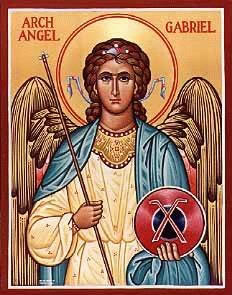SLEEPY HOLLOW: PORTAL OF LEGEND AND SPIRIT
It’s one of those places that seems to shimmer between worlds, with a strong shade of darkness.
Drive through the narrow roads of Sleepy Hollow, New York, and you feel it—the uncanny stillness, the curling fog off the Hudson, the sense that history itself is whispering, but with that, an undefinable sensation of tension.
Centuries ago, Dutch settlers called this valley “the place where the earth dreams.”
Or perhaps nightmares?
Washington Irving turned that dream into a haunting parable: The Legend of Sleepy Hollow. He wrote of a glen “so bewitched by the power of the imagination that every sound and shadow took on a supernatural character.”
But perhaps it was more than imagination. And perhaps one needs to hover over that adjective “bewitched.”
The other day, more than a hundred witches paddled kayaks, canoes, and paddleboards to this spot near the Hudson River as an annual ritual (and statement).
[The Lord rebuke you, Satan]
Irving’s tale of the decapitated soldier riding forth at night was fiction, yet it carried a message. It warned of pride, of reason without spirit—of a man (Ichabod Crane) who mocks the invisible.
The “headless horseman” can be read as a symbol of a world losing its head—reason cut off from faith, motion without meaning.
And so, the legend feels prophetic still.
Before Irving ever set pen to paper, the region already pulsed with superstition. Dutch colonists brought tales of witches and omens. Native peoples spoke of river spirits and “sleeping stones.” African slaves, enduring hardship, whispered protective prayers and charms.
Hexes? Curses?
These layers of belief—European, Native American, and African—mingled and merged into something uniquely Hudson Valley mystic: a faith-tinged folklore where angels and ghosts, saints and specters, all seemed to hover in the mist.
Is that not where the real battle (see Ephesians 6) is fought?
The land itself contributes to the mood.
Winding streams, hollow trees, crumbling stone walls—and the Old Dutch Church graveyard, where crooked headstones lean as if listening for hoofbeats in the night.
It is easy to believe that unseen forces walk there, especially when the morning fog rolls across the graves and the bell tower tolls through the haze.
Even amid the ghost stories, that remains the truest meaning: that we are surrounded, not by monsters, but by mysteries—and the greatest of them points to God.
A “sleepy” place?
“Awake, O sleeper, and arise from the dead, and Christ will give you light.” (Ephesians 5:14)
As the Psalmist said, “The earth is the Lord’s, and the fullness thereof.”
But here, that fullness feels mysterious—reminding us that, often—and increasingly so in our time—the line between natural and supernatural is thinner than we think.
+

